Toward the end of 2015, just as Time magazine declared a "Transgender Tipping Point," a record 23 transgender people were reported murdered in the United States. There is no official accounting of crimes against trans people, only what we can glean from news reports. This year, with a month and a half of 2016 still to go, we have already surpassed last year's record. Almost all of them were black and Latina trans women. With trans visibility at an all-time high, many are left wondering why so many transgender women of color are being murdered.
It's unclear whether the increase in reported murders represents an increase in violence faced by the trans community, wider and more accurate media reporting, or both. There is no doubt that the trans community has enjoyed increased visibility and has made significant advances in public understanding as well as protection under federal, state, and local laws during the Obama administration. However, this progress has been met with backlash. In 2016 alone, over 45 anti-trans bills were introduced in state legislatures. Thankfully, all were beaten, with the prominent exception of North Carolina's House Bill 2. In the courts, numerous state officials and members of anti-LGBTQ organizations have filed lawsuits seeing to roll back protections for transgender people.
What we know is that in the current political climate, we've seen an increase in the number of threats targeting trans people, particularly trans women. What is also clear is that this rhetoric has created a progressively hostile environment for trans folks that has emboldened our adversaries and resulted in an increase in hate-motivated violence toward a population that is already vulnerable. Trans women of color suffer from the effects of compounded institutional barriers, including not only transphobia and racism but also xenophobia, poverty, and homelessness.
The threat of violence faced by trans people, particularly trans women of color, is not new. Since the first anniversary of Rita Hester's brutal murder outside Boston in 1998, we have commemorated the trans people who have been murdered that year on the annual Transgender Day of Remembrance on November 20. From the unexplained 1992 death of transgender movement foremother Marsha P. Johnson to the murder of Noony Norwood just this month, trans women of color have long faced unconscionable levels of violence.
Surveys have shown that while more and more people are getting to know who trans people are, most Americans still don't know anyone who is trans. In the absence of the context and counter-imagery that real people can provide, trans women -- particularly trans women of color -- end up being viewed through a dangerously distorted lens.
Since the time of 1950s transgender icon Christine Jorgensen, the media has played a pivotal role in shaping the way we view trans people and the narratives we create about them. Media outlets have long depicted trans women as heavily stigmatized sex workers and drug addicts, as devious "men" in dresses out to lure unsuspecting gentlemen into bed -- or simply as punch lines, lacking in humanity, whose only purpose is to be derided.
For many years, talk shows have exploited trans women's longings to be affirmed as who they really are and have capitalized on our desires while parading us as modern-day freak shows. These shows invite the public to treat trans bodies as if they are open for public dissection, free to be scrutinized and questioned, and treated as less than human.
This dehumanization is why some people still think it is funny to call out "that's a dude" when a trans woman walks down the street and ultimately why trans women are murdered. By painting an unbalanced picture of trans women, transphobic politicians and the media play equally pivotal roles in facilitating a culture that paints trans women as illegitimate, inferior, and unworthy of justice. These factors cause people to be irrationally threatened by the existence of trans women and to react to this perceived threat with violence. Too often, the perpetrators of this violence are men, who are subject to the potent combined influences of the political environment, the media, and toxic masculinity.
At the National Center for Transgender Equality, we are committed to creating a society that values the life of every transgender person, regardless of who holds any political office. We are dedicated to increasing the understanding and acceptance of transgender people in every part of American society, no matter how long it takes. We will continue to advocate for policies that will improve the lives of trans people and reduce their vulnerability to violence, while working hard to defend the progress our community has made.
We will keep pressing for accountability when we see anti-trans violence. We will keep fighting until it is unacceptable to claim that realizing someone is transgender is a legitimate excuse for violence. We will speak out when poisonous rhetoric becomes part of the public discourse, no matter where it comes from. We will keep speaking out, keep mourning those we've lost, and continue saying their names until things change.
JOANNA CIFREDO is racial and economic justice policy analyst at the National Center for Transgender Equality.











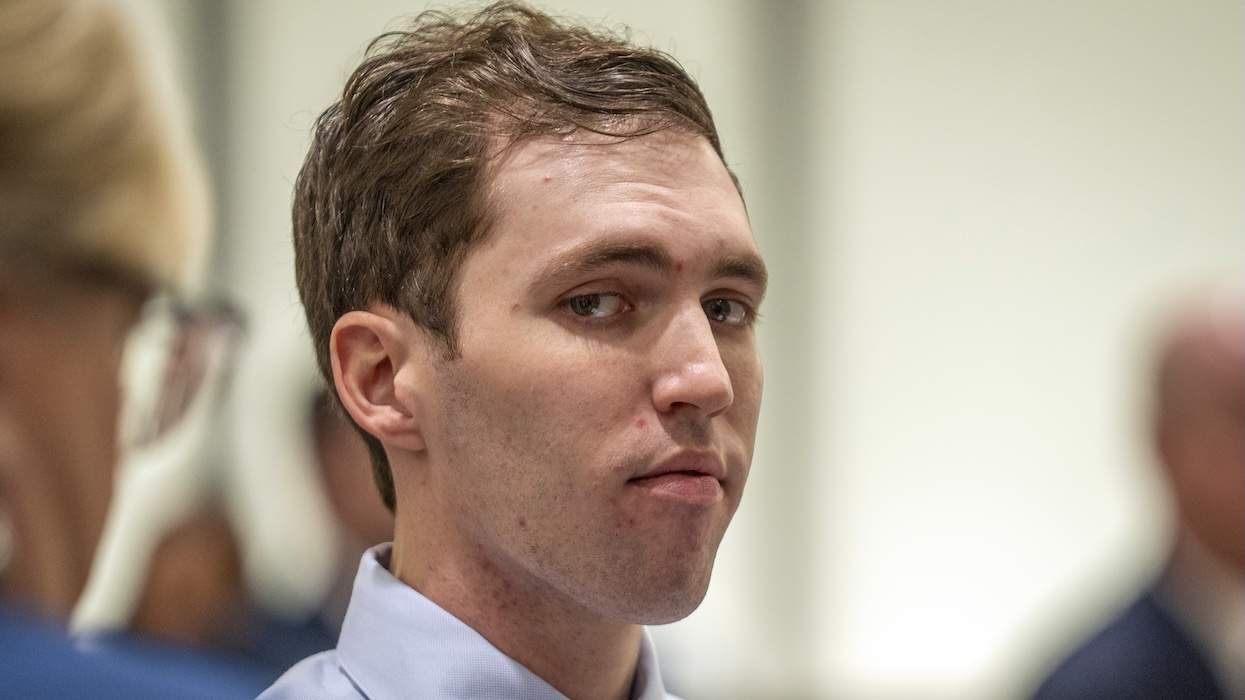


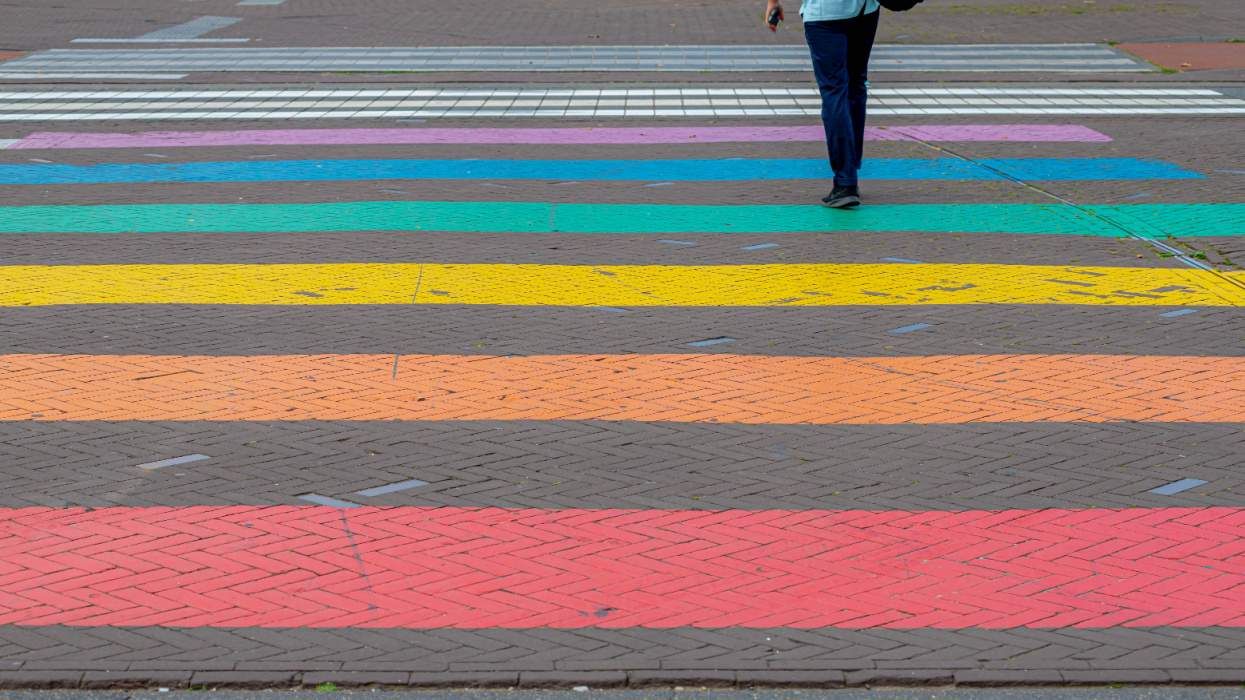


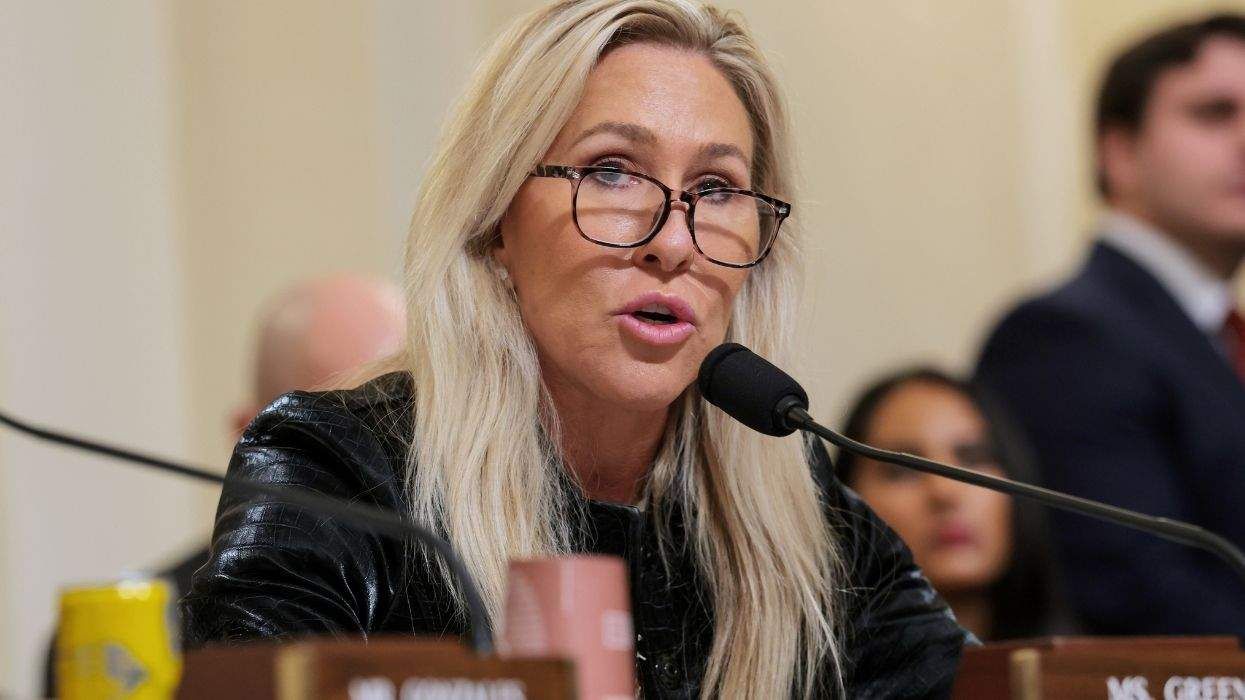

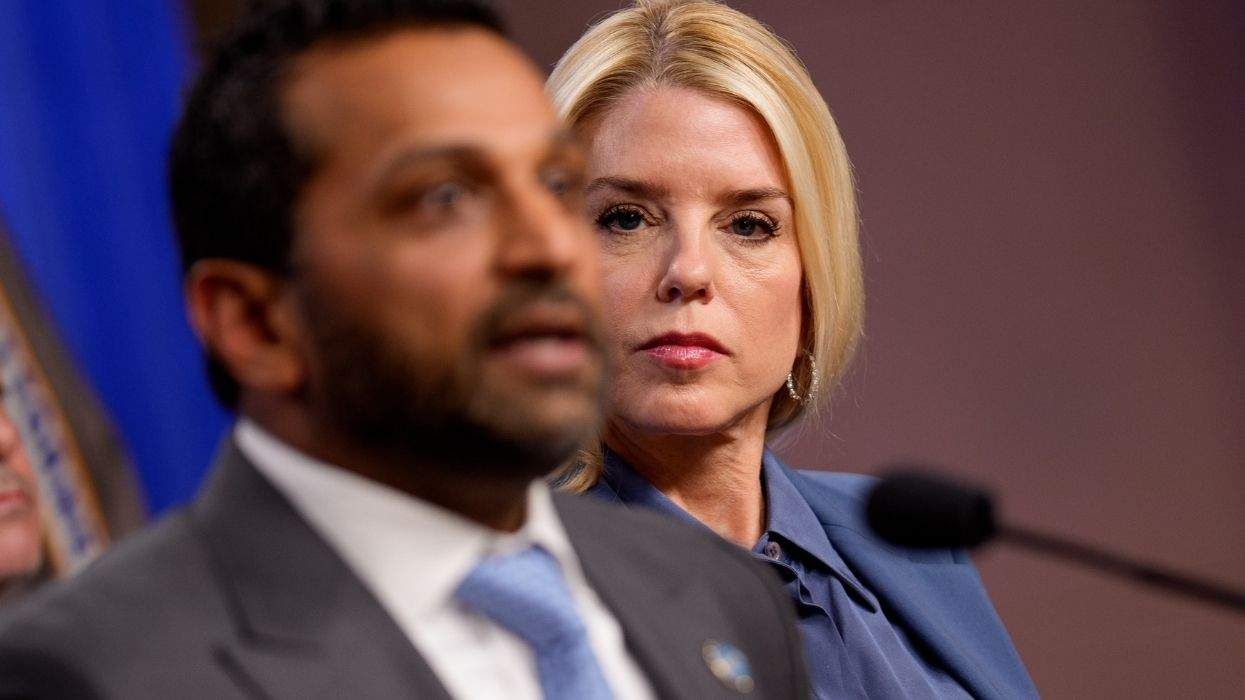



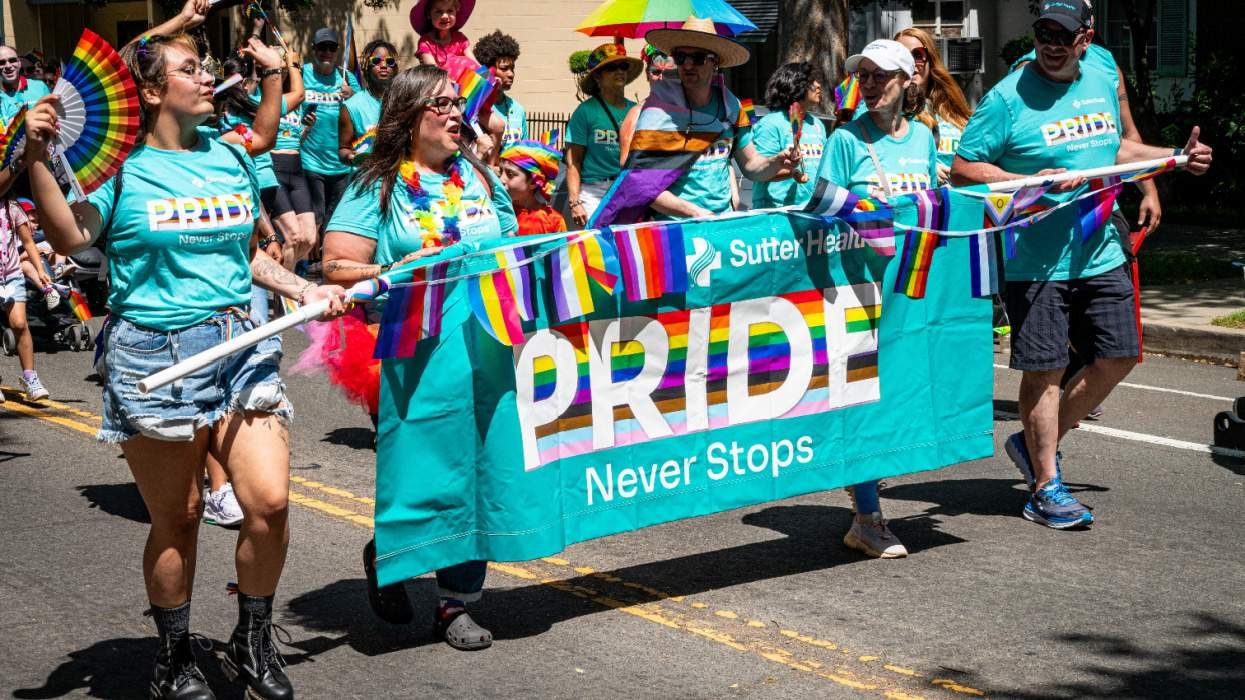


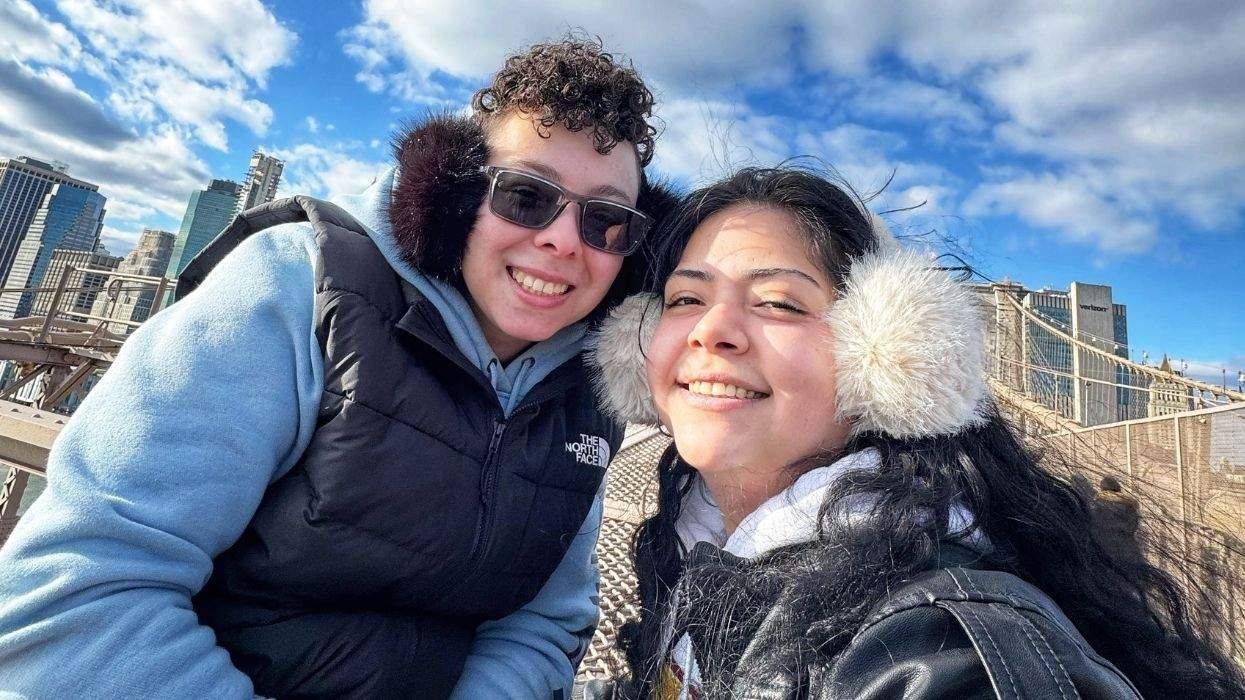
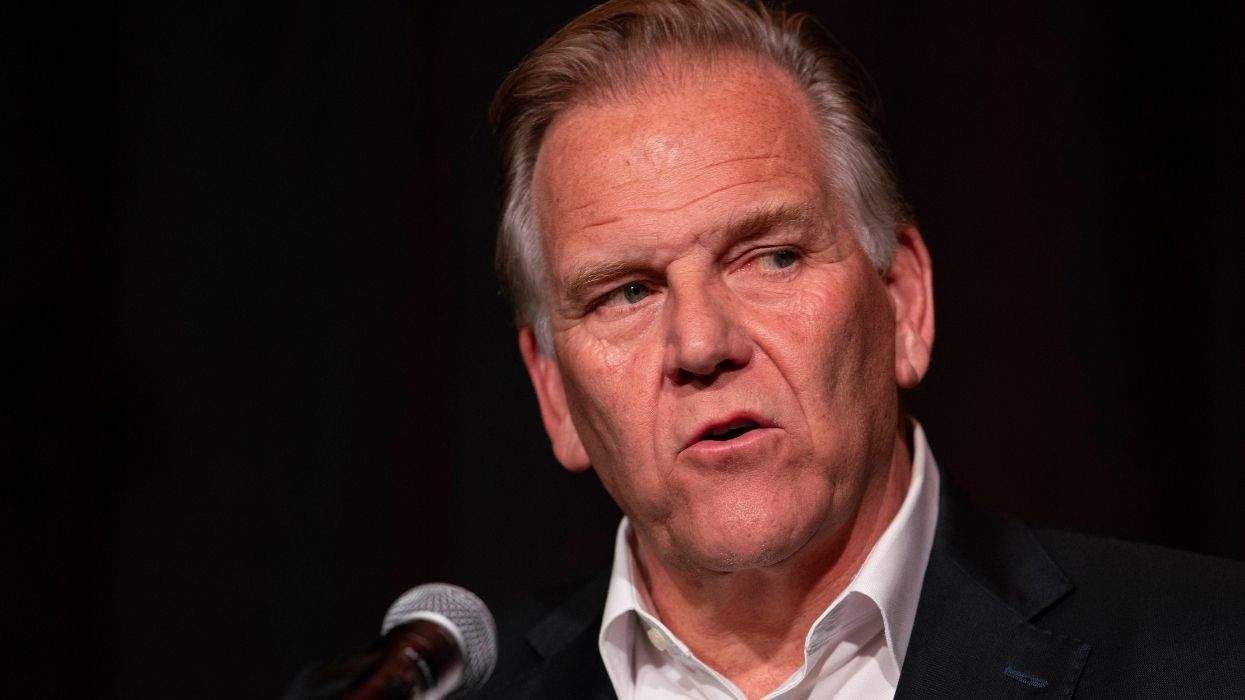

























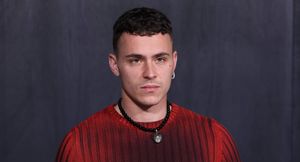












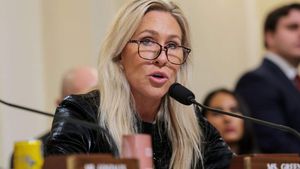

Charlie Kirk DID say stoning gay people was the 'perfect law' — and these other heinous quotes